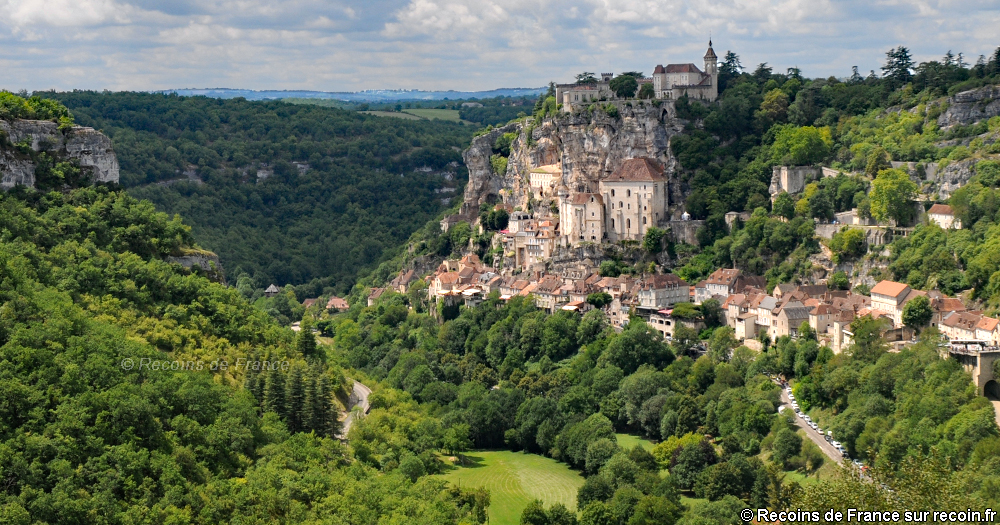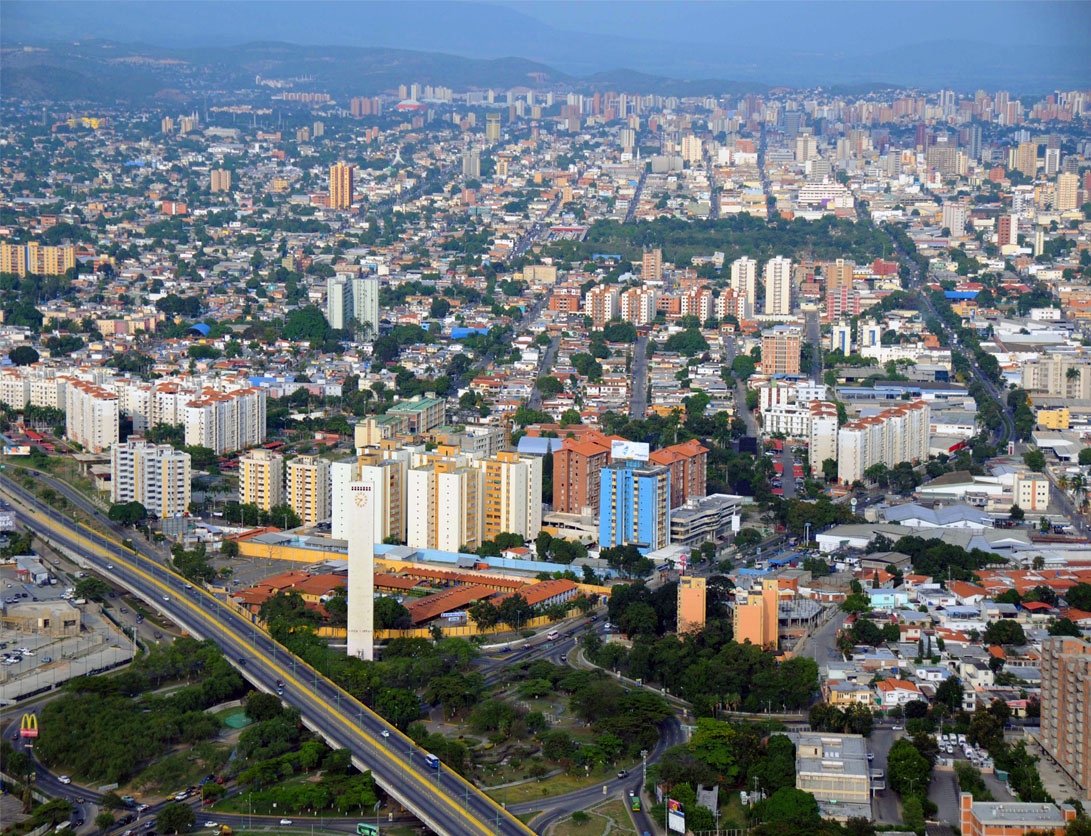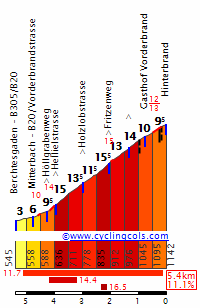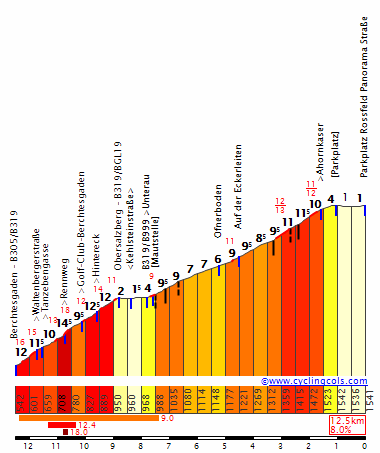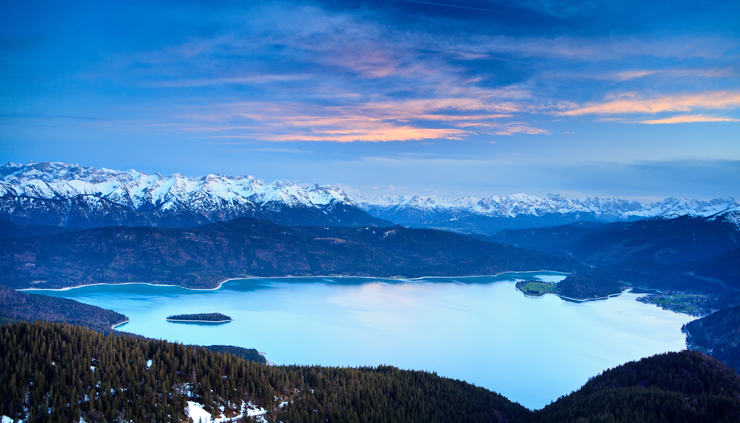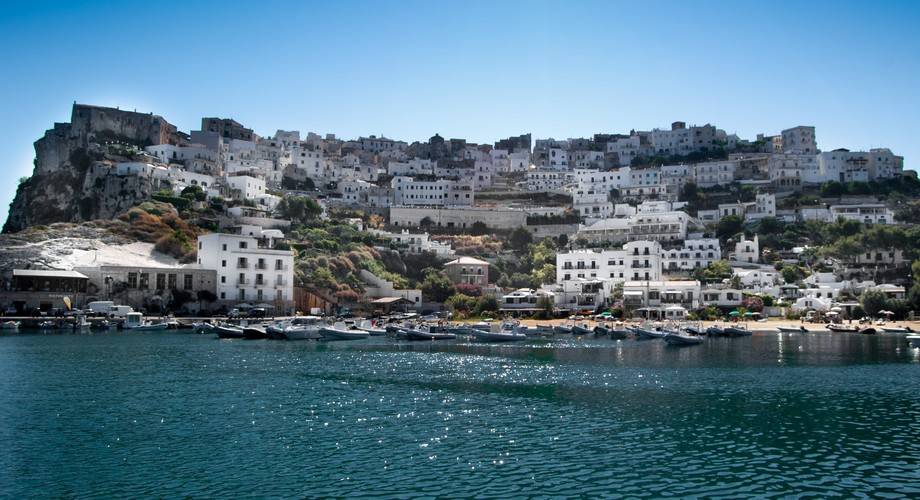Into week 2 we go:
Stage 10: Ruhpolding (Chiemgau-Arena) - Mittenwald (Kalvarienberg), 161km
Climbs:
Wallhöhe (cat.3) 4,0km @ 5,7%
Südelfeldpass (cat.2) 8,0km @ 4,7%
Kesselberg (cat.3) 4,4km @ 5,2%
Kalvarienberg (cat.4) 0,9km @ 7,0%
I'm not sure if I've ever mentioned this, but I love wintersports, in particular Nordic skiing and biathlon.
</sarcasm>
Right, given that I'm now transitioning across the south of Bavaria to link the Berchtesgadener Land high mountain stage with the climbing to come, the first stage after the rest day is a similarly transitional stage which hops along the Austrian border in the foothills of the Alps and isn't likely to be too much of a challenge but still offers a couple of questions for the top guns to answer. And speaking of guns and challenges in the Alps, what better to do than to traverse the well-known sites for my other favourite sports? And that's why we find ourselves starting in the glorious, recently rebuilt mecca of biathlon, the chocolate box town of
Ruhpolding, or more accurately, the state of the art biathlon and cross-country skiing arena just outside it? The Germans love their biathlon, and annually in January they pack the stands to cheer on everybody in sight, especially their own and near-neighbours the Austrians.
Rolling westwards from here, the first significant town we come across in the Alpine valleys is
Reit im Winkl, which recently hosted a mountaintop finish on Winklmoosalm in the Bayern-Rundfahrt (one of the few stages in the recent history of that race to actually show some tiny modicum of understanding of the terrain available in Bavaria!) and serves as the hometown to XC skier (and late biathlon convert) Evi Sachenbacher-Stehle and biathlete Andi Birnbacher. After this there is a short period traversing Austrian territory to get across the Inn floodplain, before entering the mountains again with the two-stepped ascent (split into two climbs in the categorization) of Südelfeldpass.
A tough descent into Bayrischzell follows, before a long flat period enjoying the scenery of the valley roads and foothills. The stage only really offers further challenge in the last 35km, at which point the riders take on the scenic and twisty
Kesselbergstraße which takes us to the shores of the scenic Walchensee, which we ride along the edge of for a few kilometres of amazing helicam footage.
The next thing to come is the last intermediate sprint, in the small town of
Wallgau, after some rolling terrain and uncategorized ramps. Wallgau is a piece of everything you expect from Upper Bavaria, with chocolate box scenery, men in Lederhosen, women in Dirndls, Alpine Gasthöfe, beer, wurst, and everything else you expect. It's also famous primarily nowadays for its most famous and beloved daughter (and walking Bavarian stereotype),
Magdalena Neuner (now Holzer, but still universally known by her maiden name), an unreliable but at times unbeatable biathlon great who won multiple Olympic titles, ten world titles, multiple overall World Cup titles, and still retired aged 25. The rest of the stage is uphill false flat that takes us the remaining 13km into Mittenwald, which is where many of the training routes that the Garmisch-Kaltenbrunn-Mittenwald talent factory uses is located - a multitude of Germany's best biathlon stars have come out of this facility in recent years, although curiously as I've mentioned before, all of them female.
Mittenwald is yet another piece of ludicrously scenic Bavarian scenery, sitting in the shadow of the Karwendel mountain and serving as the border outpost, the last stop for Germans before crossing the threshold into Austria. Like every town round here it has its own wintersports icon, and here it is multiple Olympic medallist
Martina Beck (née Glagow), who the town's park is named for. No matter where you go in Mittenwald, the mountains remind you of their imposing power even amidst the beauty.
Here, however, there is a sting in the tail, because the closing kilometre is a tricky one. Perhaps giving it mountains points is a bit excessive, but it isn't quite the sprint. After all, the
historic centre of Mittenwald needs to be traversed first, and it's better not to finish on a technical test in case crashes make a big mess of things. Riders will however need to place themselves well, because the final kilometre is uphill heading west from Mittenwald to the chapel at
Kalvarienberg; there is a sharp left hander with 400m to go and the last kilometre being mostly uphill at 7% makes there the potential for a few seconds to be won or lost here. This would typically be a stage for the break, but with this finish then puncheurs or more adept hill sprinters in contention for the win and needing time, like Valverde or Rodríguez, might want to see if they can pick up bonus seconds on this finish from less punchy riders. After all, it's only 900m and this is nothing like Valdepeñas de Jaén - this shouldn't be outside the remit of the likes of Matthews or Lobato, and also, I'm afraid to say, our new World Champion, unfortunately.
It may go to the break anyway given the days coming up, though, in which case it might be interesting to see who has the legs on the last ramps.














